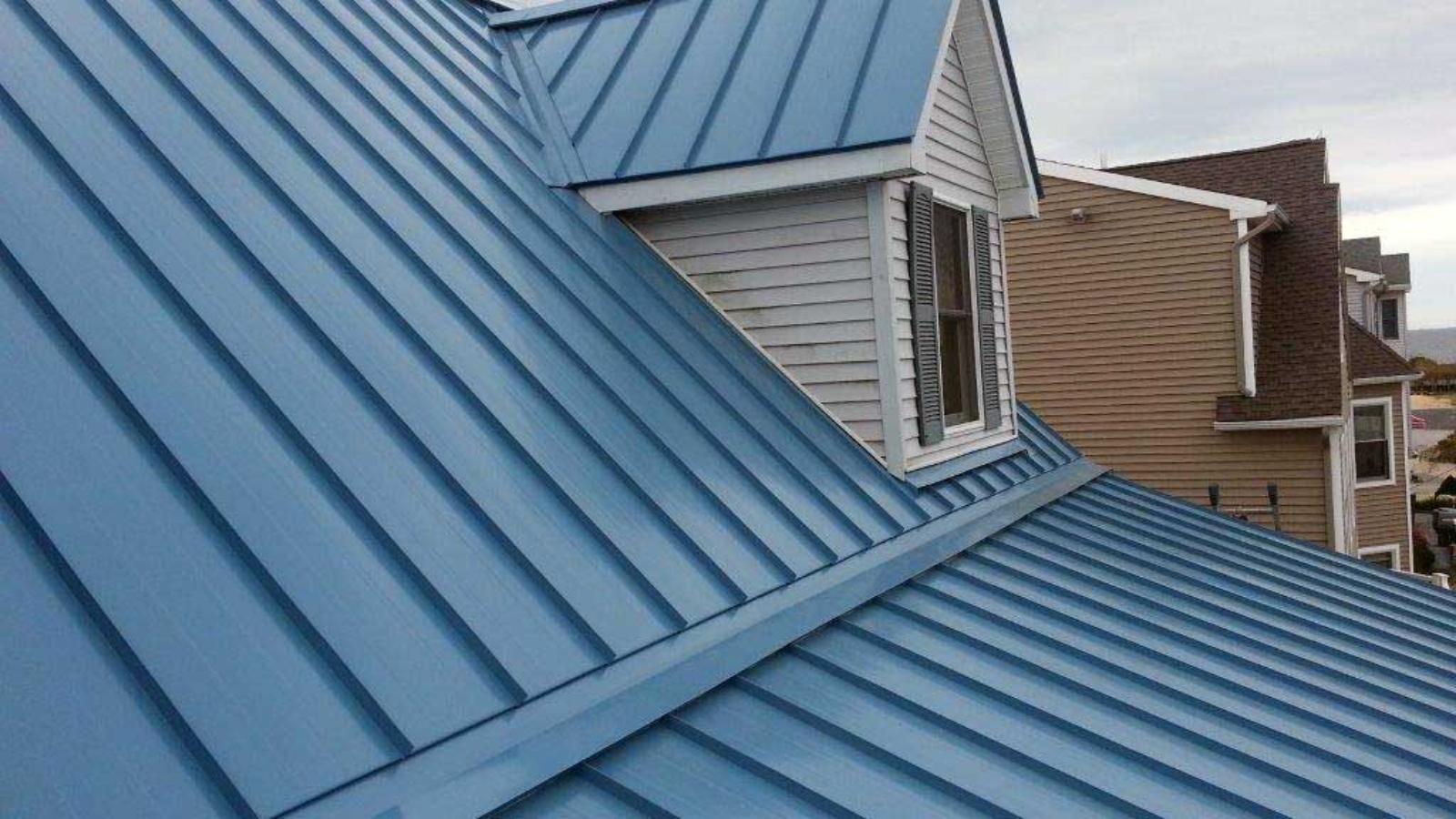Asphalt shingles have been the standard roofing material for decades, largely due to their low upfront cost and widespread availability. But what was once the default choice is now showing its age. With shorter lifespans, high maintenance needs, and poor energy efficiency, shingles are falling behind in performance. Modern metal roofing has stepped in as a superior alternative, offering longevity, resilience, and long-term financial value that shingles simply can’t match.
If the home is still capped with shingles, it might be time to rethink whether they’re really doing the job. Comparing shingles and metal side by side shows why upgrading is often the smarter move.
Lifespan: Decades of Difference
Shingle roofs typically last 15 to 20 years under ideal conditions. In areas with heavy storms, ice, or extreme heat, they may need replacement even sooner. By contrast, metal roofing is designed to last 40 to 70 years. That means a single installation could easily outlive two or three full cycles of shingles.
This isn’t just about longevity; it’s about avoiding the stress and expense of repeated replacements. A homeowner who invests in metal once can spend decades without worrying about another roofing project. The peace of mind this brings is often just as valuable as the financial savings.
Durability Against the Elements
Shingles are vulnerable to cracking, curling, and granule loss. Once weakened, they allow water infiltration and leave homes exposed to damage. Severe winds can peel shingles away, while hail can puncture and break them entirely.
Metal roofing, on the other hand, is engineered to resist these exact threats. Interlocking panels create a strong, unified surface that holds up against high winds. Impact resistance is built in, ensuring that hail or falling debris doesn’t compromise the roof. Snow and ice slide off easily, reducing the risk of ice dams and leaks. The durability of metal transforms the roof from a potential liability into a long-lasting shield.
Energy Efficiency Matters
One of the biggest drawbacks of shingles is their tendency to absorb and hold heat. In summer, this creates stifling attic conditions that filter into living spaces, driving up cooling bills. Metal reflects solar heat, keeping homes cooler while easing the load on air conditioning systems.
This efficiency translates directly into savings. Over decades, reduced energy use can offset much of the initial cost difference between shingles and metal. For homeowners interested in sustainability, metal also reduces environmental impact by cutting energy consumption and offering full recyclability at the end of its lifespan.
Maintenance and Reliability
Maintaining shingle roofs often means dealing with loose, missing, or curling shingles after every major storm. Repairs can be frequent and costly, especially as the roof ages. Metal roofing requires far less maintenance. Panels remain intact even in tough conditions, and protective coatings ensure long-term resistance against rust, fading, and cracking.
Instead of scheduling yearly patchwork fixes, homeowners with metal roofing can count on consistent performance. This reliability reduces stress and keeps overall costs far lower over the life of the roof.
Style and Curb Appeal
For years, shingles were seen as the most “residential” option, but modern metal roofing has changed the design conversation. With finishes that mimic classic slate, cedar shakes, or clay tiles, metal offers variety that shingles simply cannot match. A broad palette of colours and textures ensures that style isn’t sacrificed for strength.
Homes with metal roofs often stand out in the neighbourhood—not because they look industrial, but because they retain their sharp, clean appearance year after year. Unlike shingles that fade, streak, or lose definition, metal keeps its appeal intact, boosting curb appeal and resale value.
Financial Value That Lasts
While shingles may seem cost-effective at first, the hidden expenses stack up quickly. Replacements every 15 to 20 years, frequent repairs, higher energy bills, and reduced resale appeal all add to the total cost of ownership. Metal roofing, though more expensive upfront, eliminates much of this financial drain. With decades of durability, energy savings, and lower maintenance, it pays for itself in the long run.
In the real estate market, a metal roof is also a selling point. Buyers recognize it as a premium feature, one that reduces future worries and expenses. Homes with metal often sell faster and for higher prices compared to those with worn-out shingles.
Time to Upgrade
Asphalt shingles once made sense as the default option, but times have changed. With shorter lifespans, frequent maintenance needs, and poor efficiency, they no longer meet the demands of modern homeowners. Metal roofing delivers everything shingles lack: decades of performance, superior durability, and lower long-term costs.
If a roof is due for replacement, the choice is clear. Shingles may be ready to mingle, but metal is ready to last.








